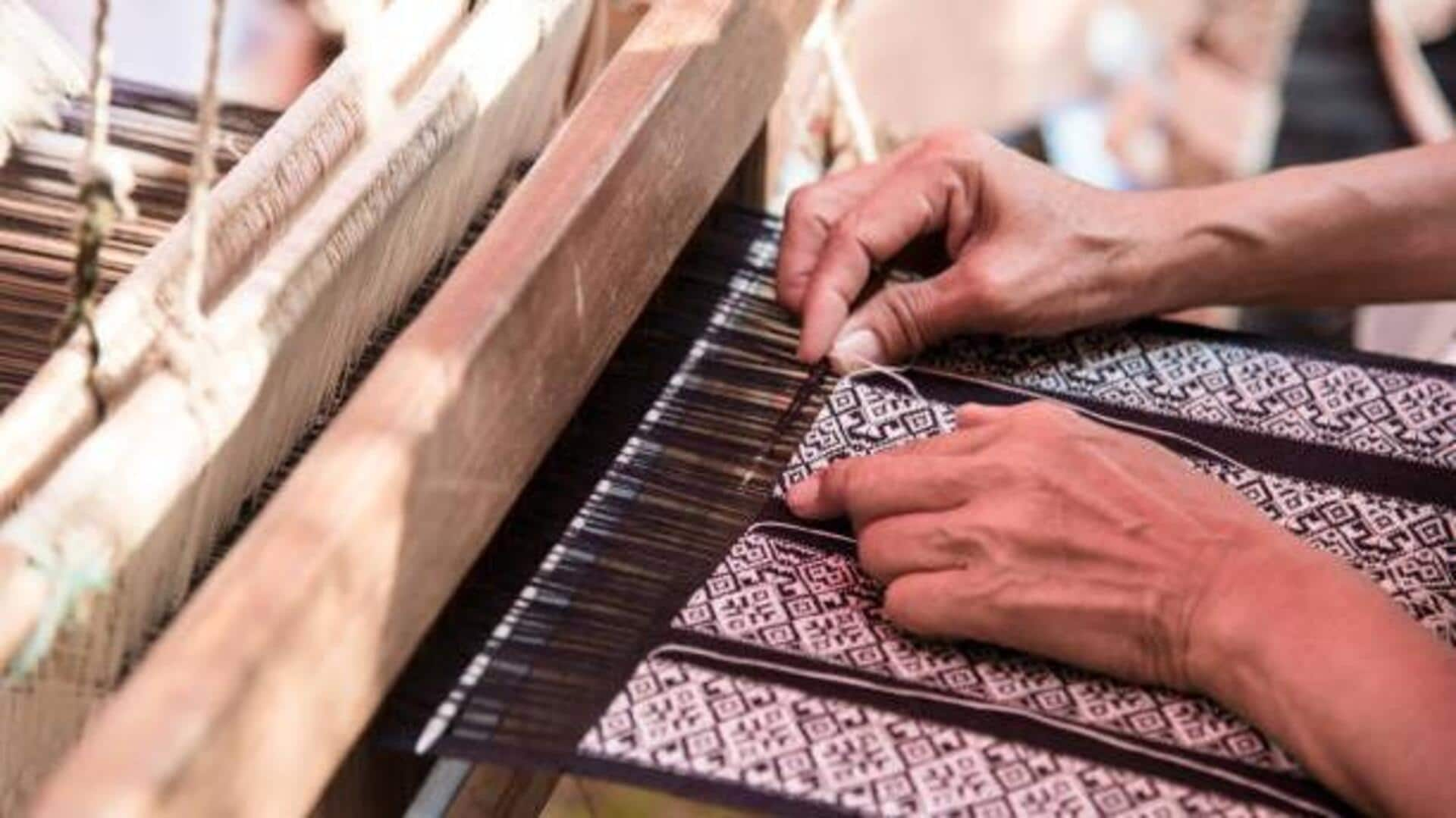
You must visit these textile villages in India
What's the story
India's textile heritage is colorful and varied, with every region showcasing something unique. Some of the most amazing textile traditions are hidden in remote villages, where craftsmen still practice age-old crafts. These villages are a treasure for textile enthusiasts, giving an insight into India's cultural tapestry. Visiting these places gives you an insight into the intricate processes behind some of the finest fabrics of the country.
#1
Kanchipuram's silk legacy
Kanchipuram, situated in Tamil Nadu, is famously known for its silk sarees. The weavers of the village are famous for their skilled use of vivid colors and intricate patterns. Every saree can take as much as 10 days to finish, which speaks a lot about the dedication and craftsmanship. The silk used here is known for its durability and sheen, making Kanchipuram sarees popular across India.
#2
Bhujodi's handloom heritage
Bhujodi, a small village near Bhuj in Gujarat, is known for its handloom weaving. The artisans here weave beautiful shawls and blankets using age-old techniques that have been handed down through generations. Wool from local sheep is spun into yarn before being dyed using natural colors sourced from plants and minerals. This gives the final product its uniqueness and makes it eco-friendly.
#3
Chanderi's sheer elegance
Chanderi, which is located in Madhya Pradesh, is known for its lightweight fabric- Chanderi cotton or silk-cotton blend. The fabric has delicate motifs of nature- flowers or peacocks, woven into the fabric with fine gold or silver threads- zari work. This makes Chanderi textiles ideal for festive occasions as they look elegant, but don't compromise on comfort.
#4
Pochampally's ikat artistry
Pochampally in Telangana is also famous for ikats, where threads are dyed prior to weaving, creating geometric patterns with blurred edges. The technique requires a lot of precision, making sure the colors match when woven. The result is vibrant compositions that have made international names, especially in the world of fashion, where designers are inspired by traditional crafts.
Tip 1
Tip: Visiting textile villages
When visiting these textile villages, try to time your trip according to local festivals. At these festivals, artisans bring out their best works. Not only can you see, but purchase directly and help them financially. You will appreciate and understand the cultural significance of each piece deeper. These are hand-crafted lovingly over countless hours. Artisans spend these hours honing skills passed down generations, keeping heritage alive today.